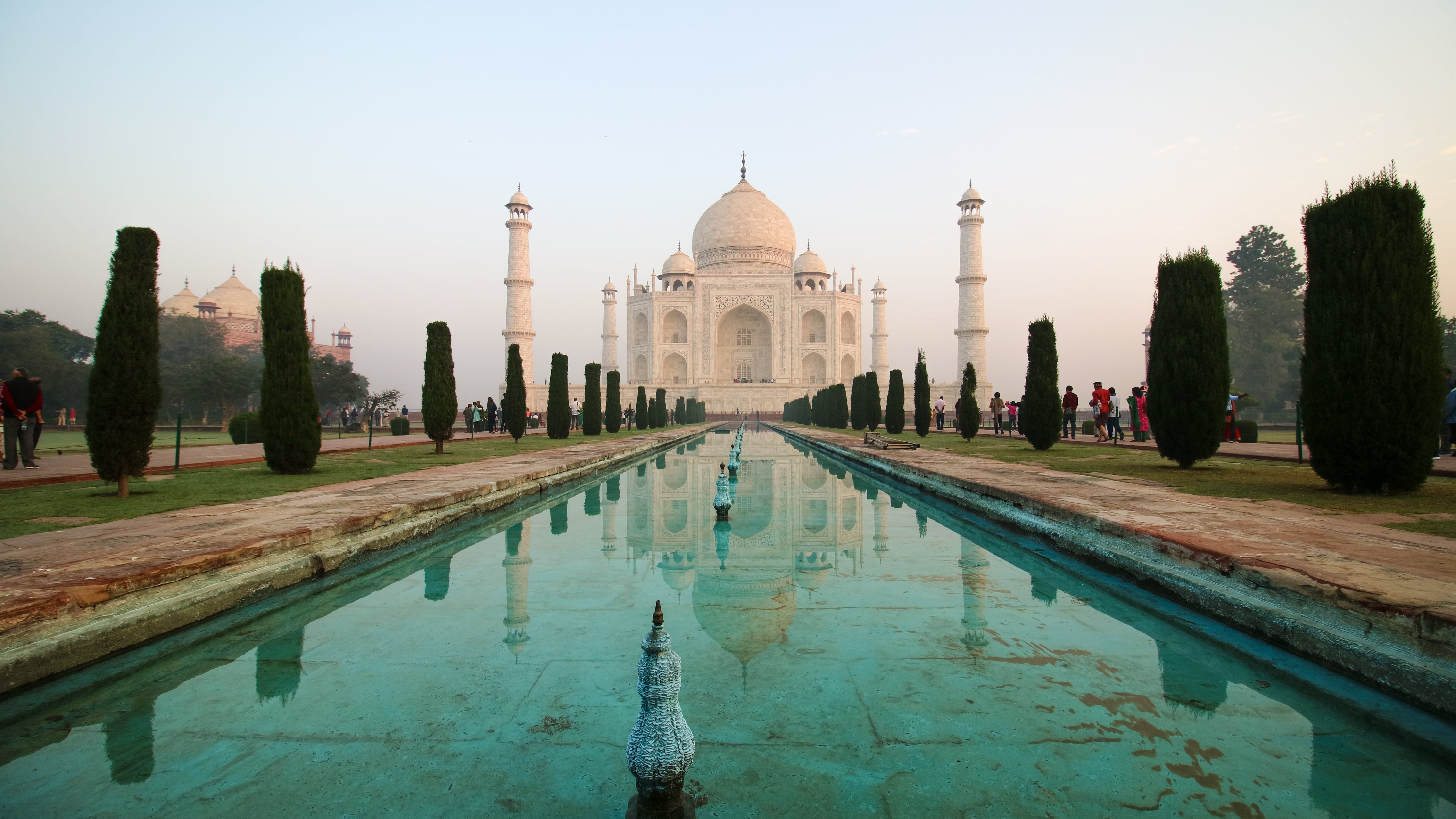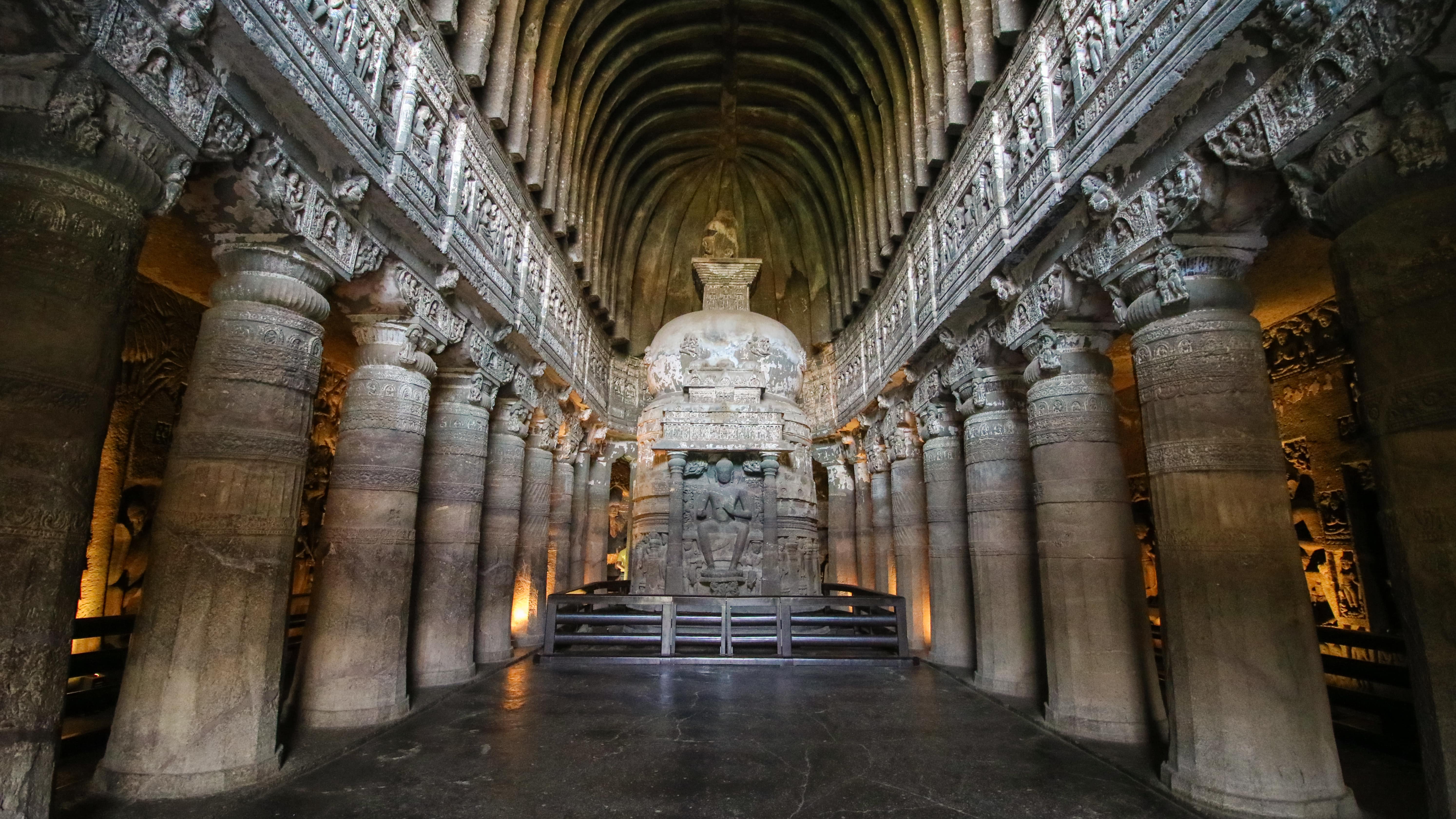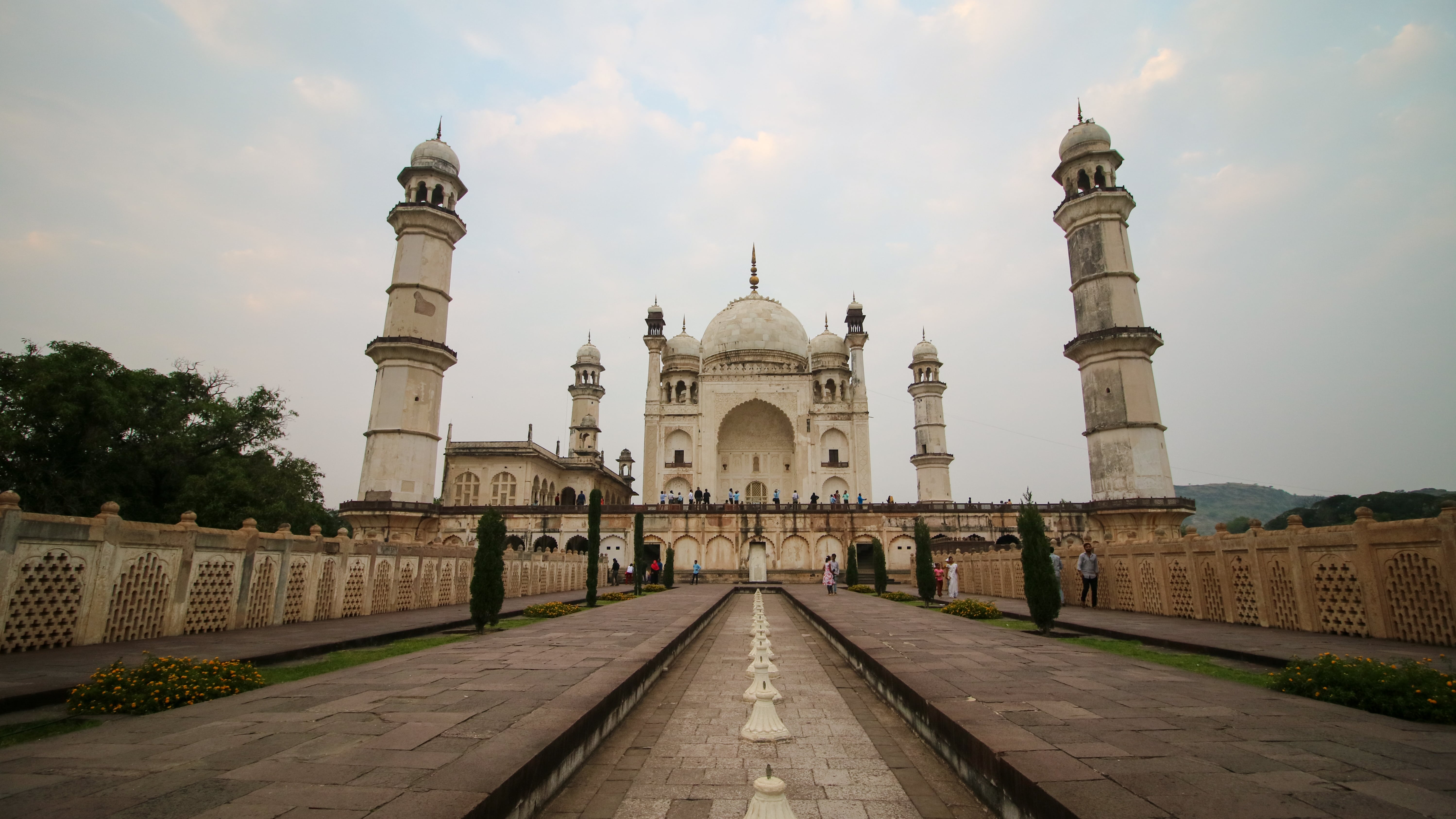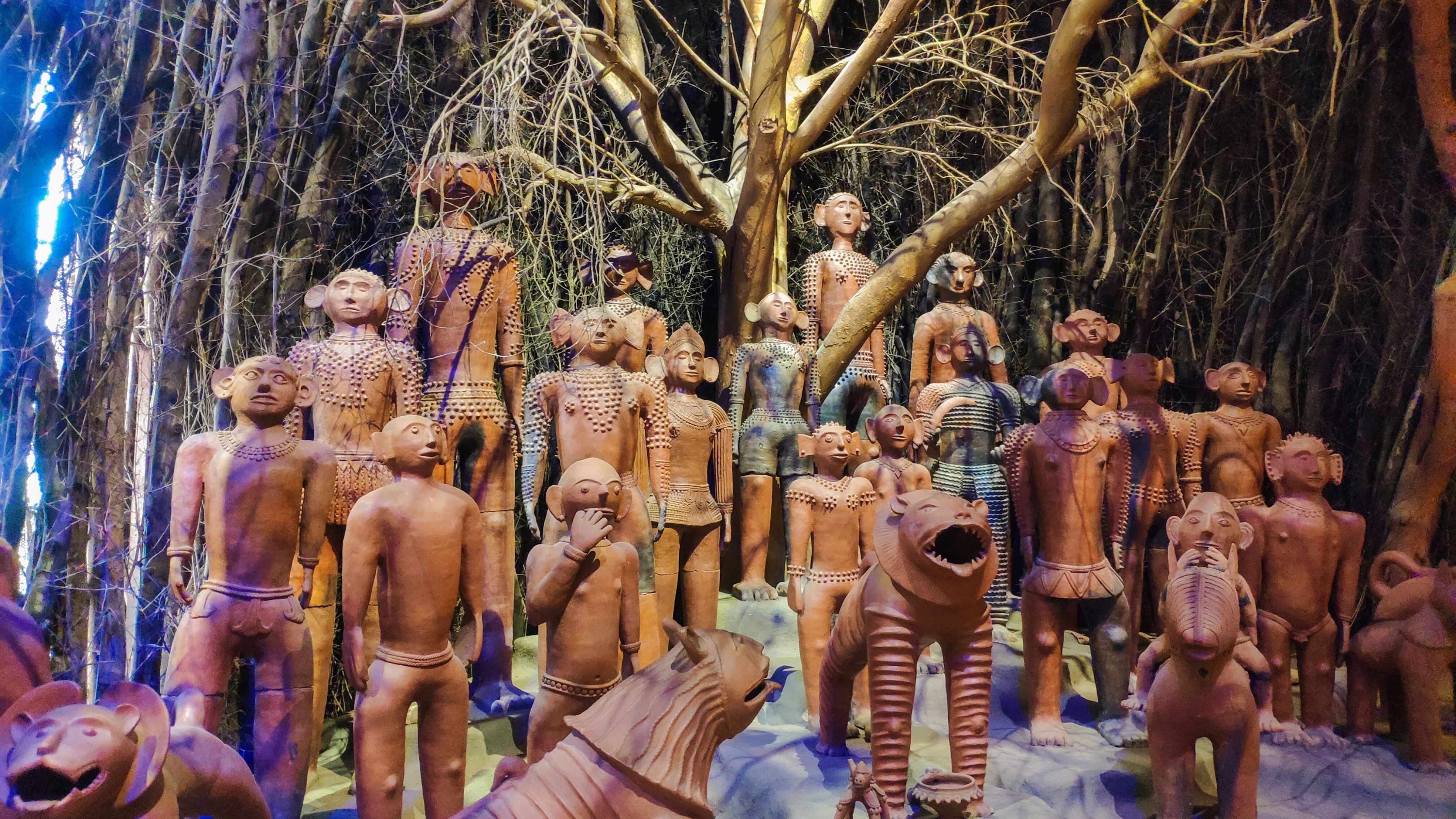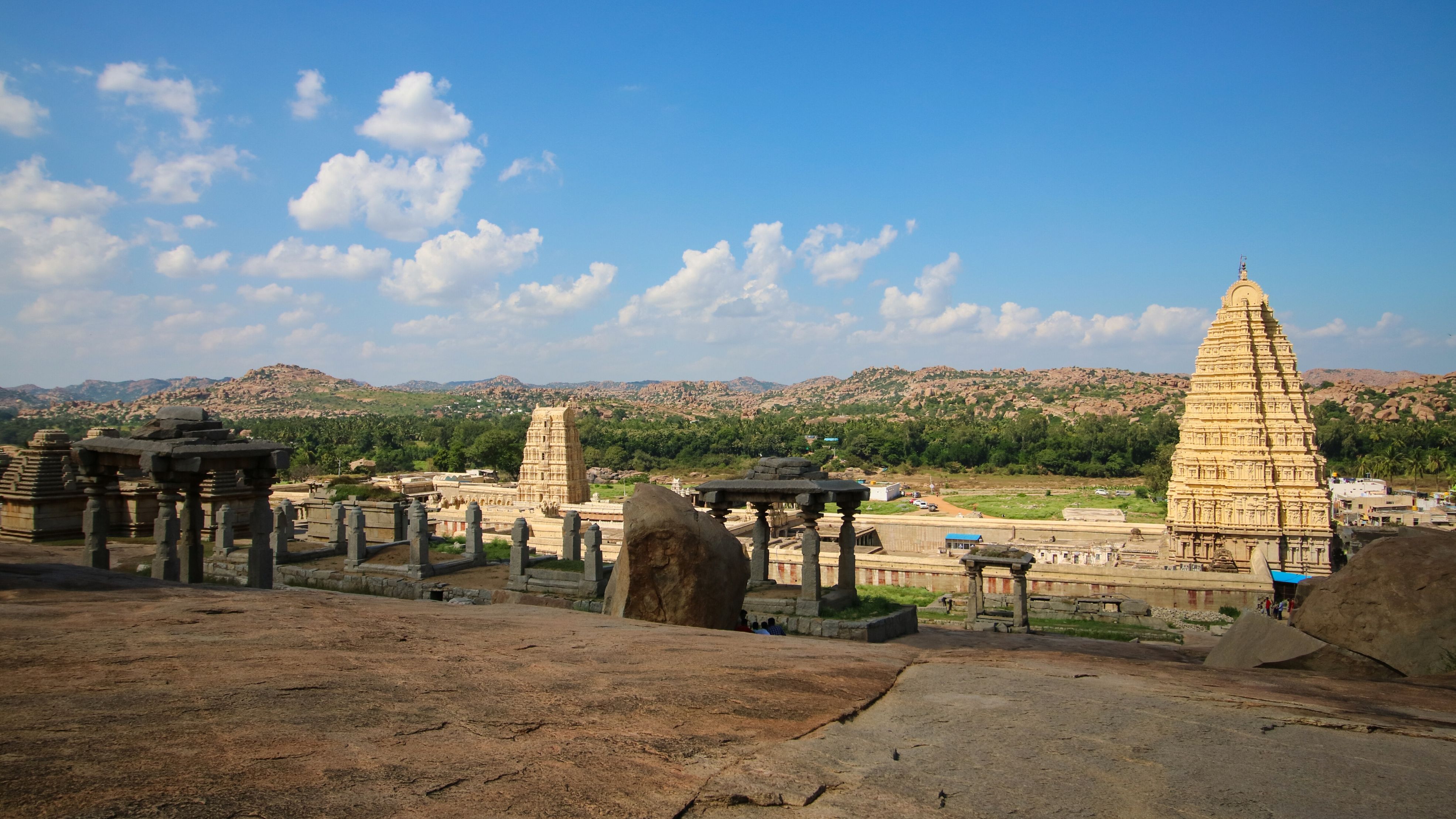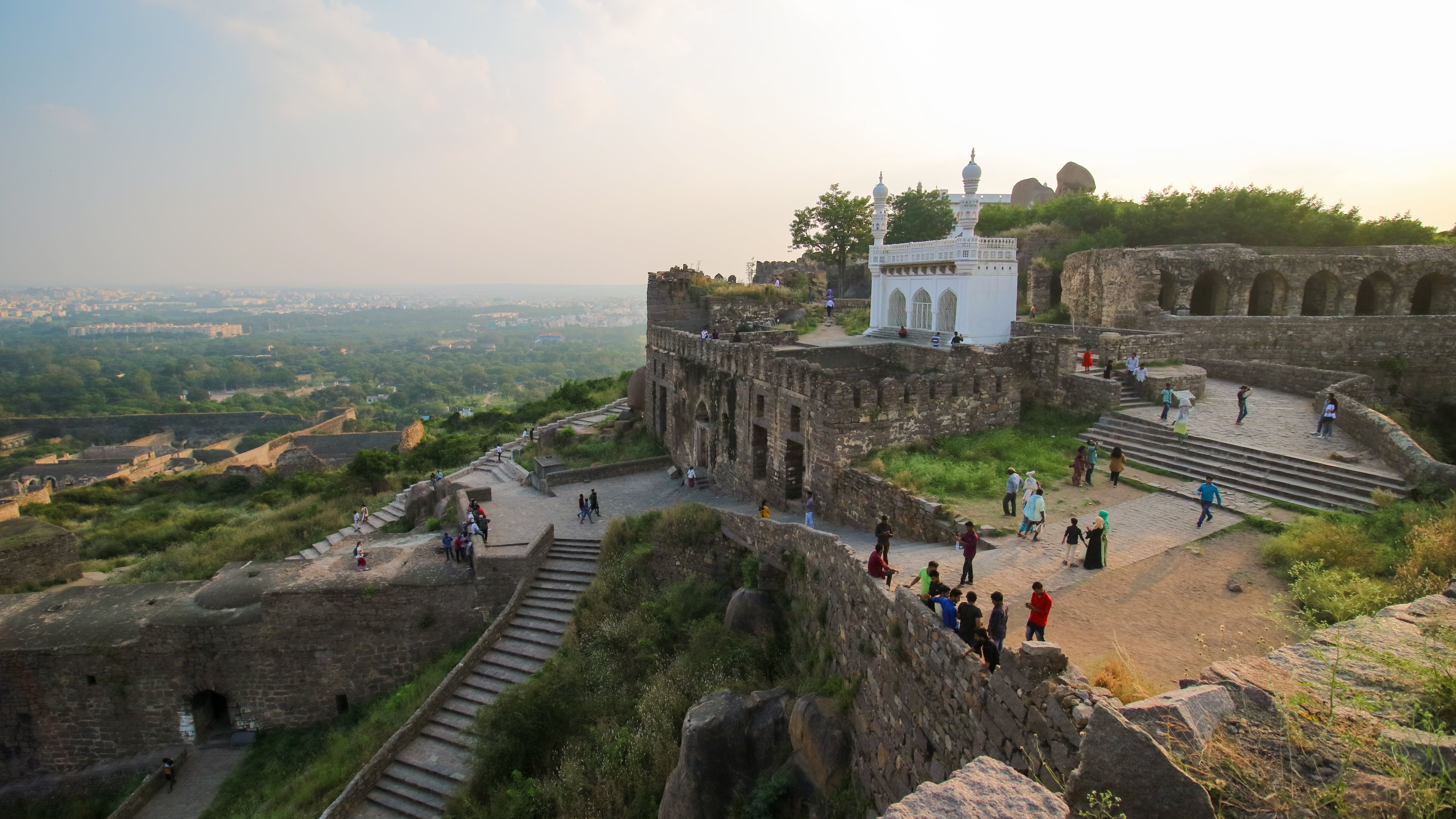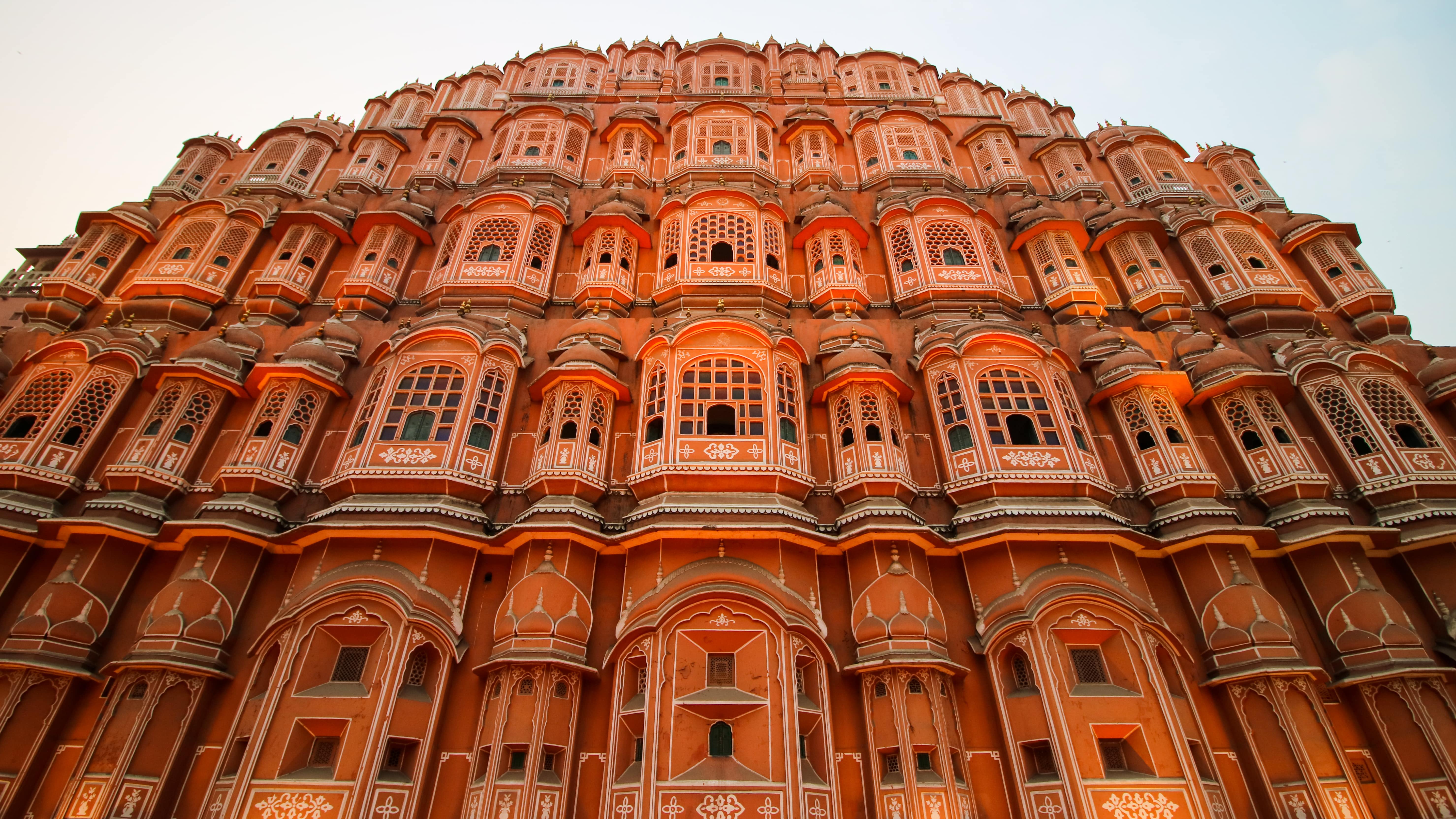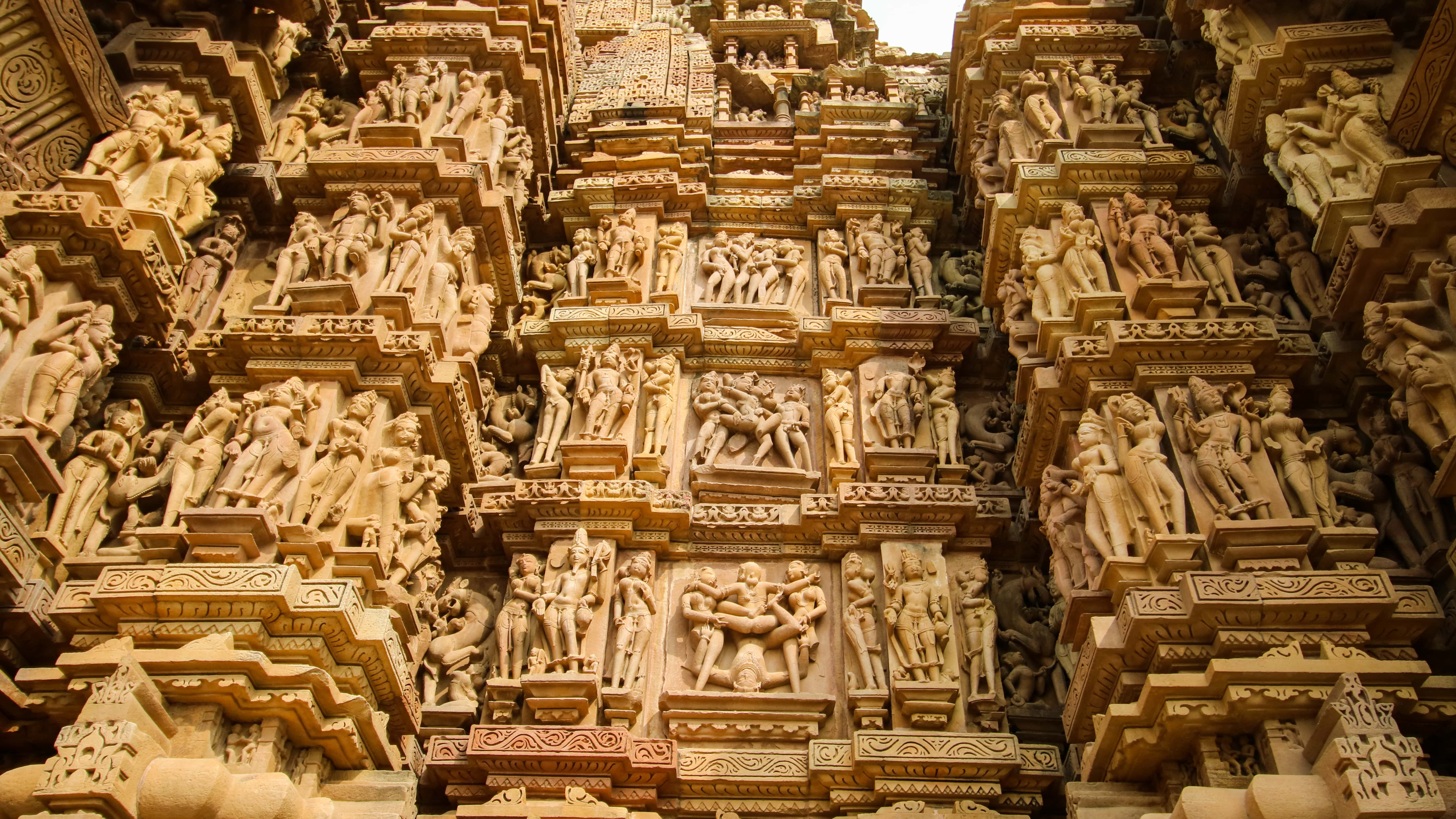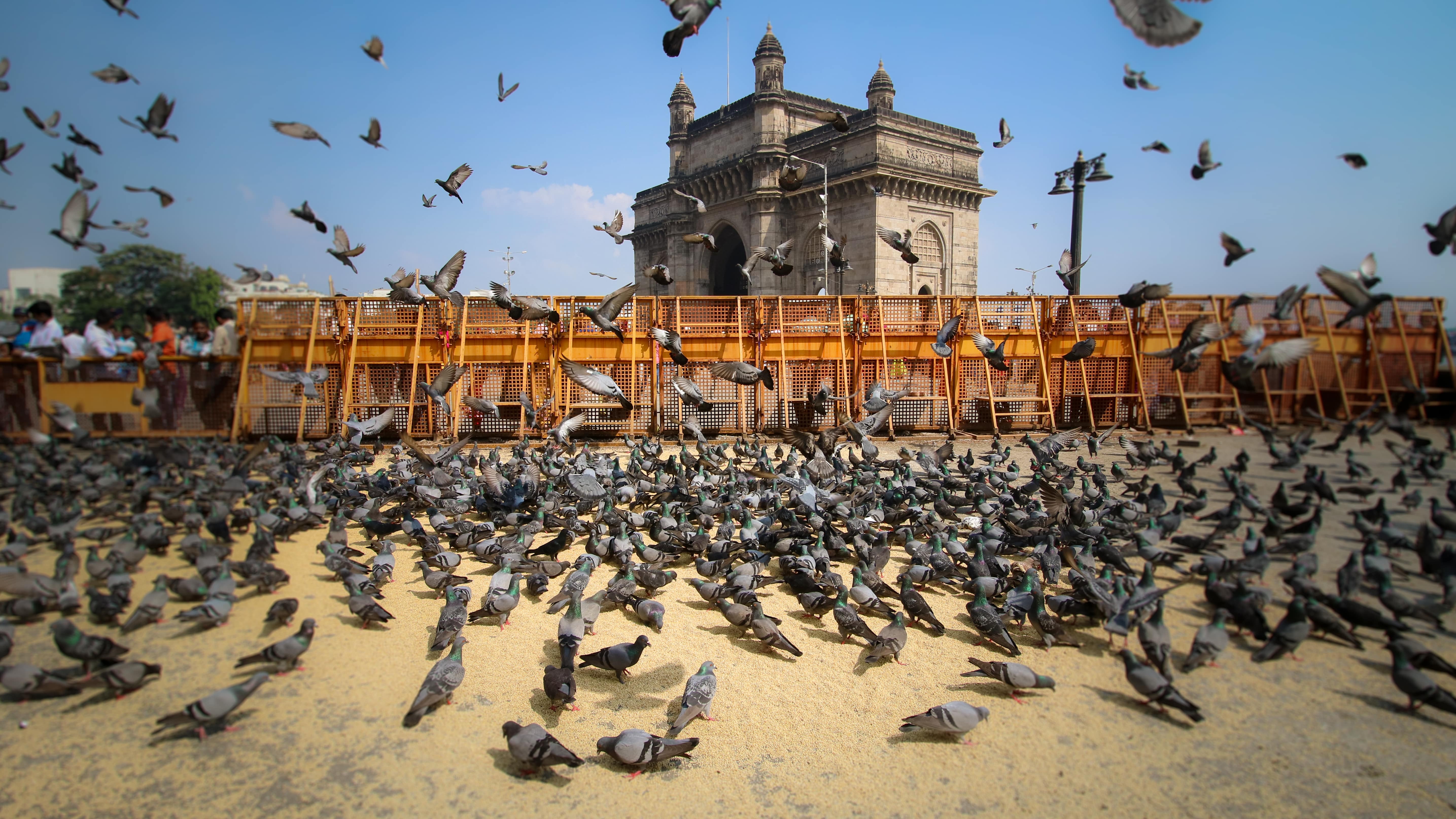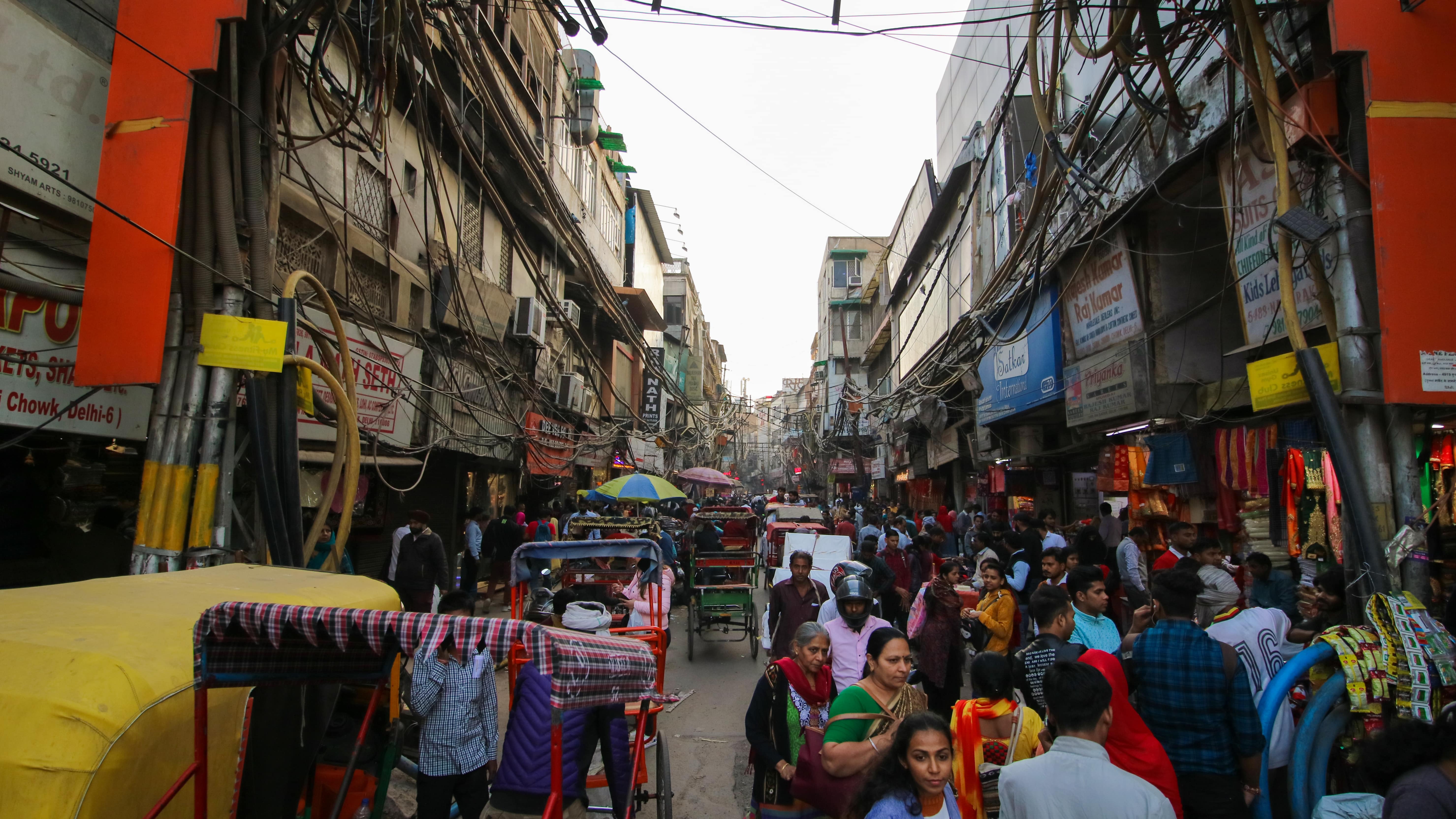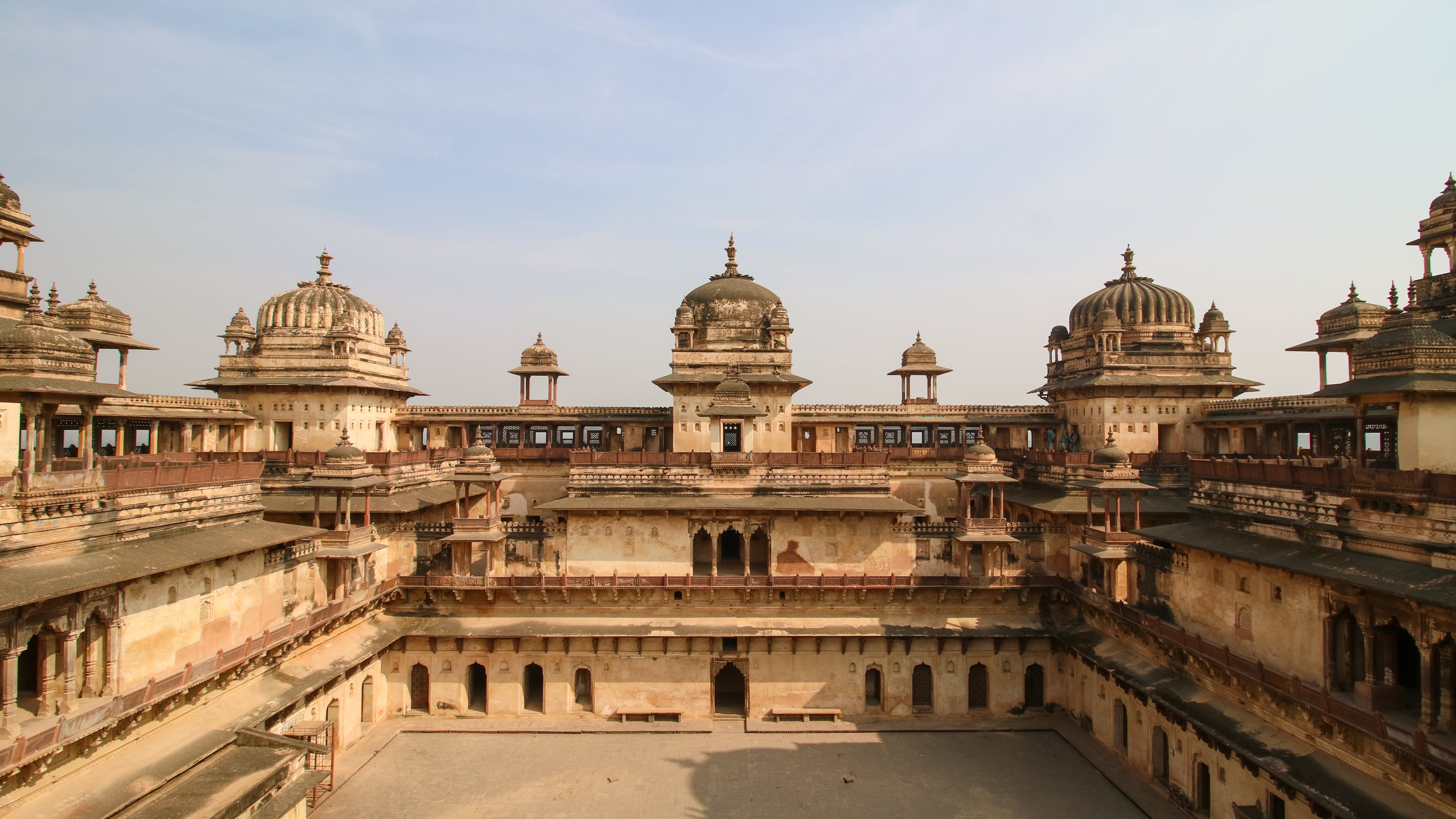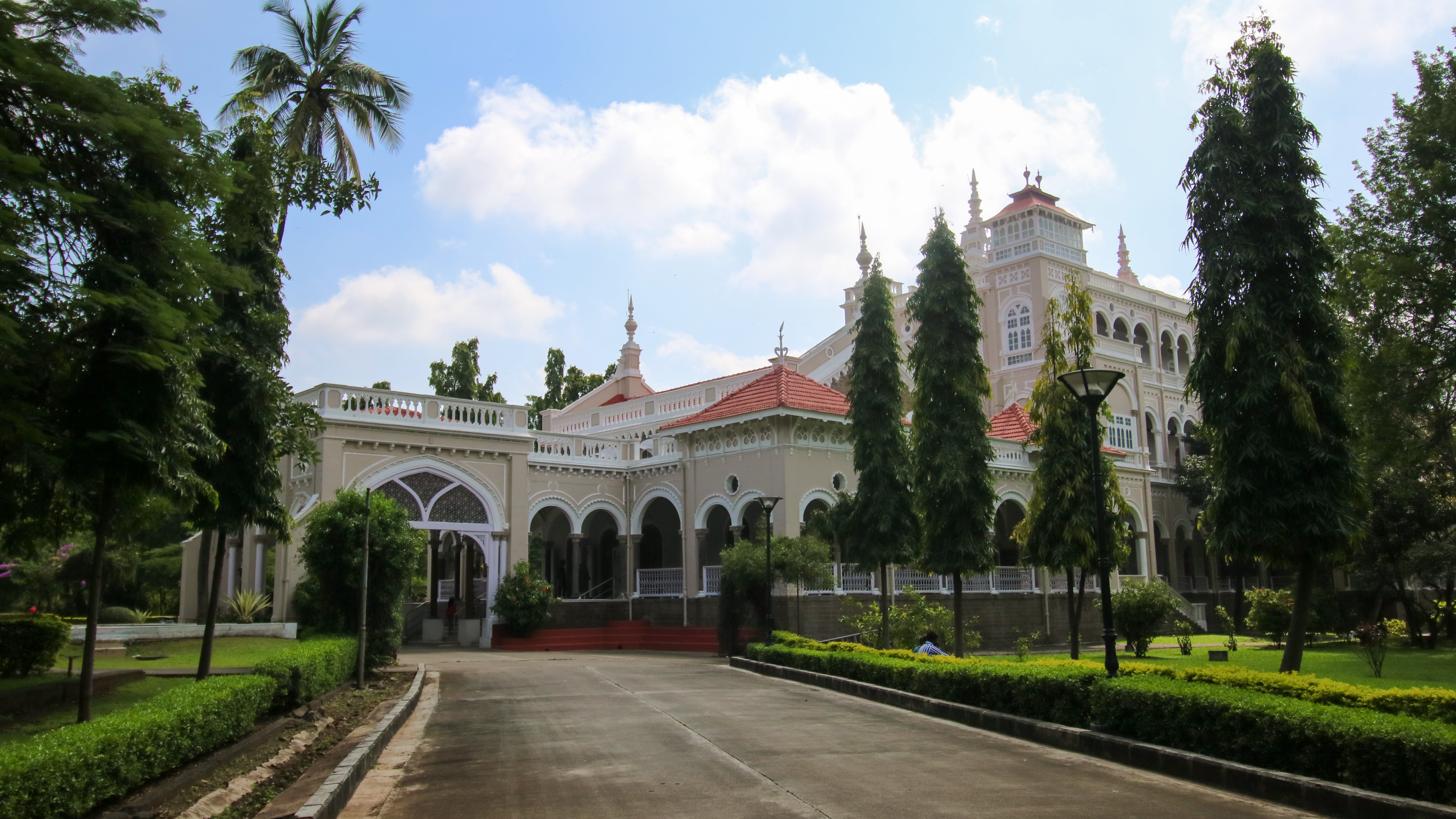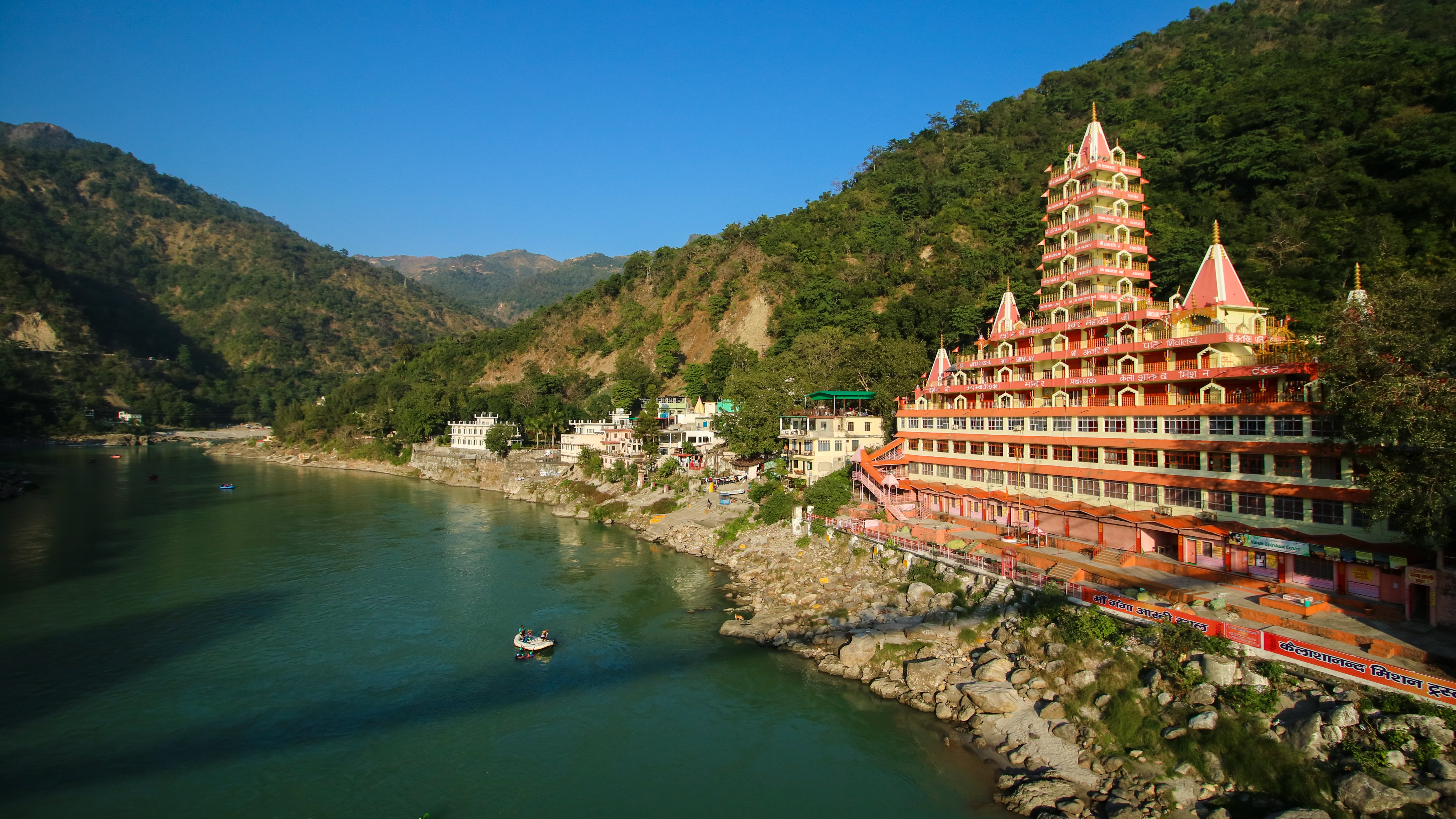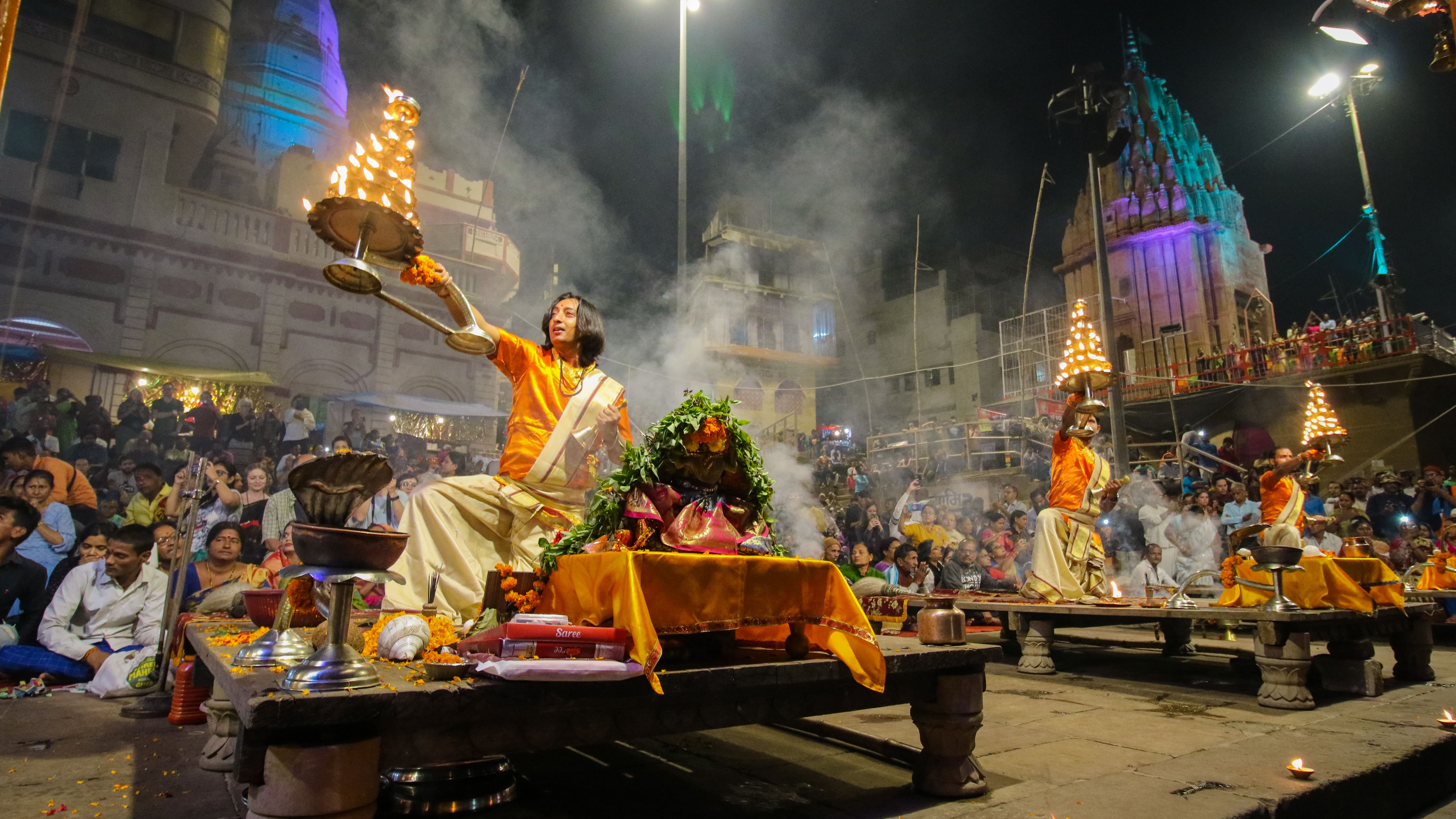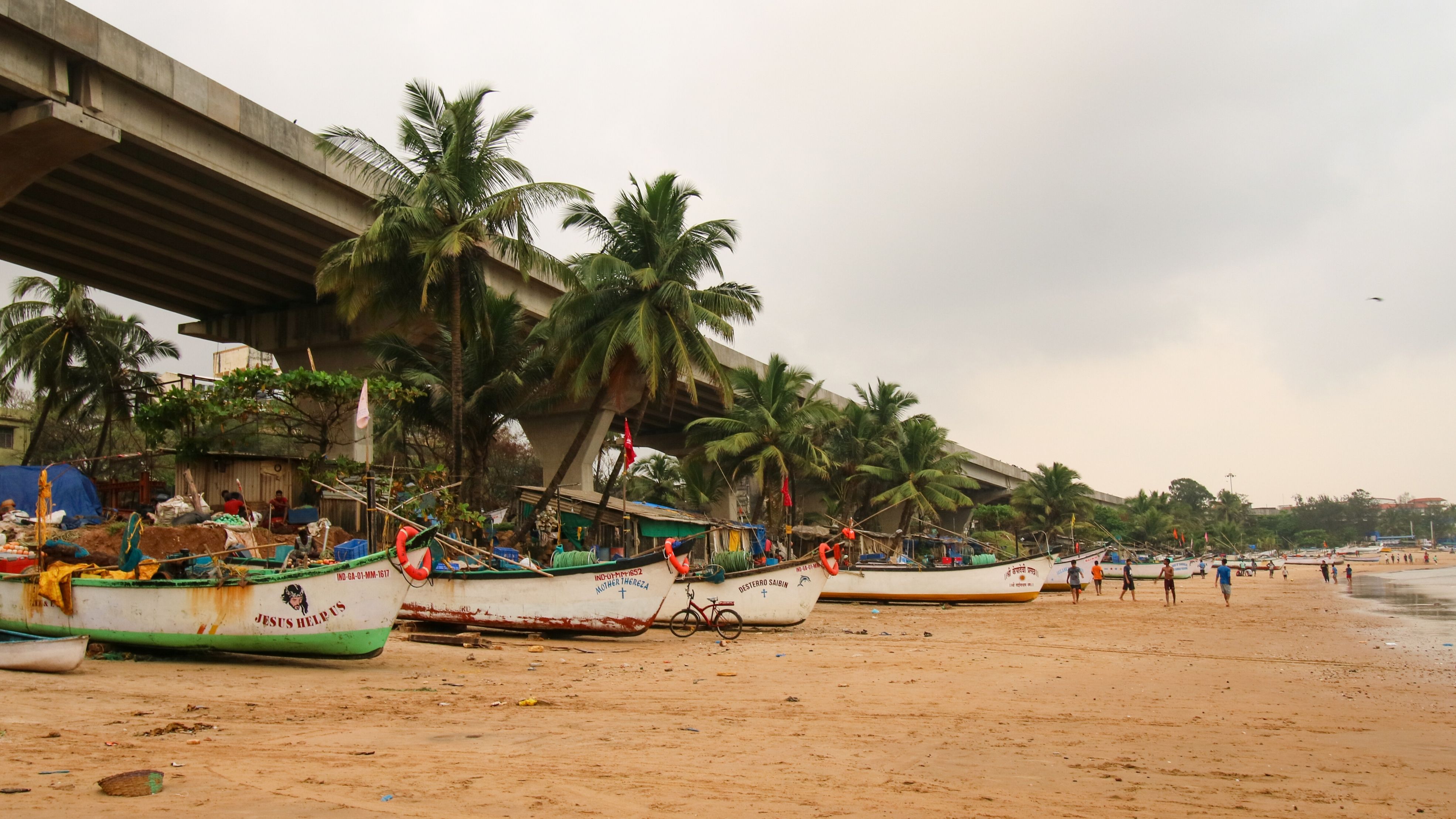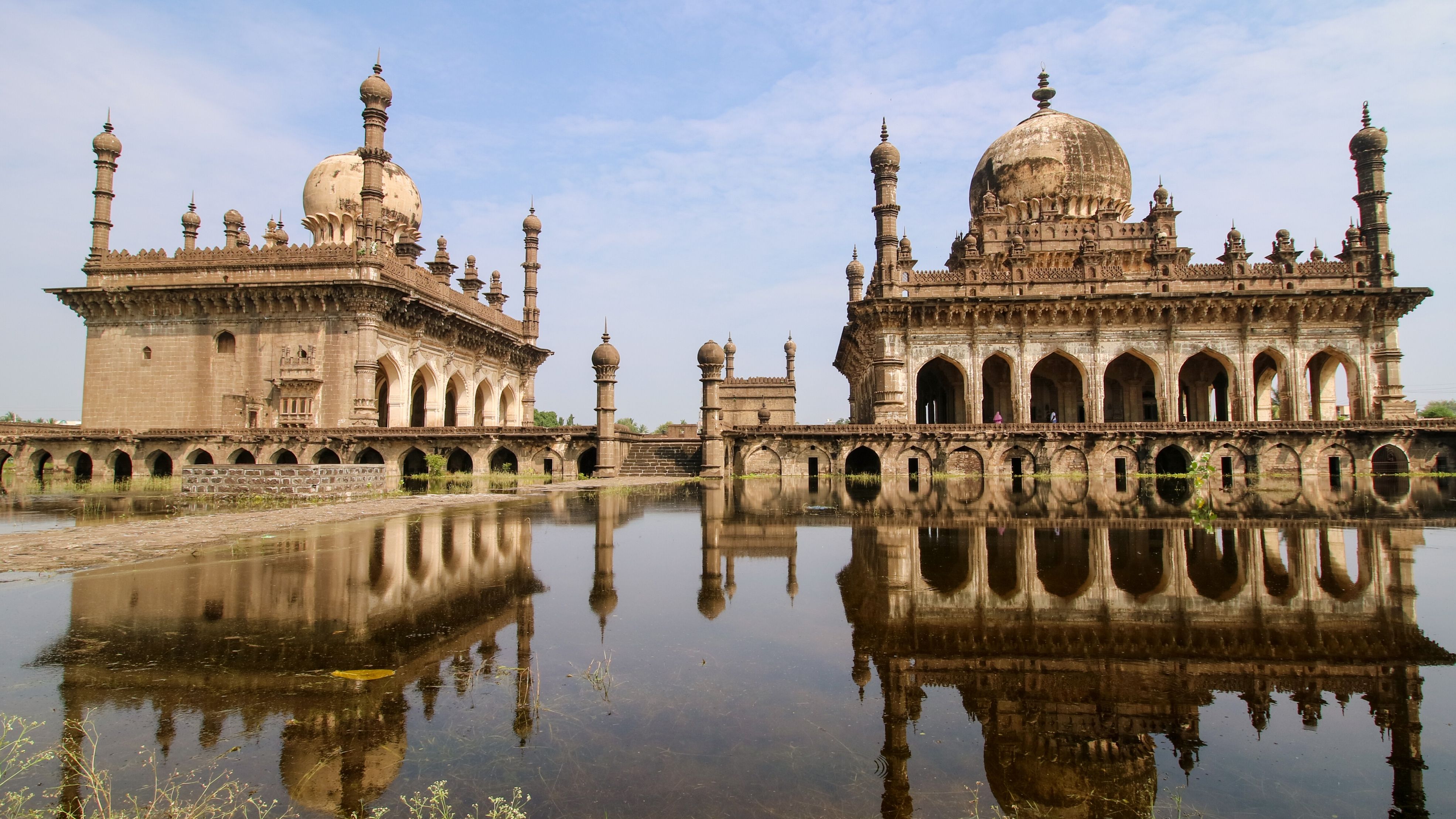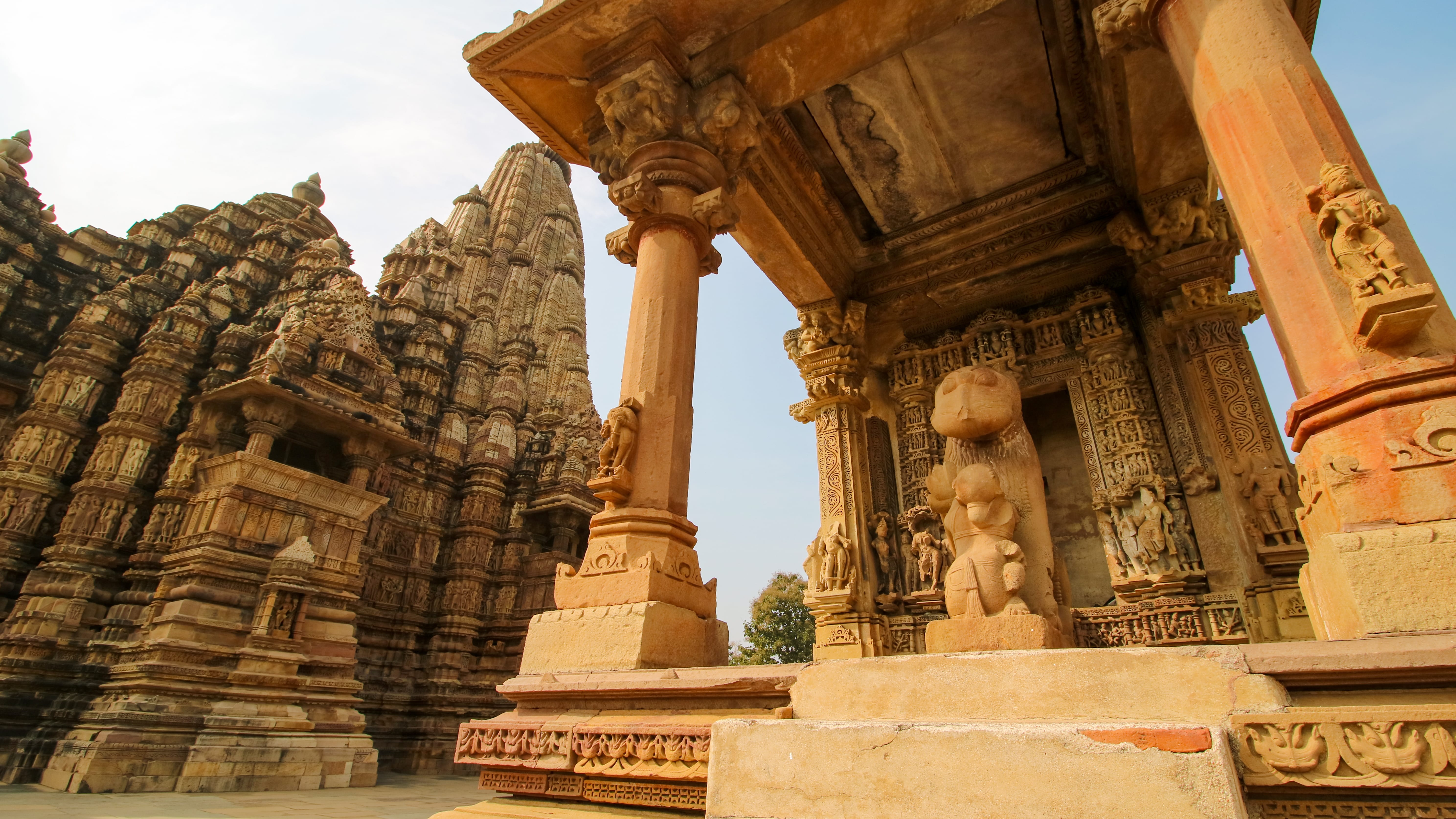
INDIA
Republic of India or simply – India is the largest country in South Asia. And largest polluting country we have seen on our trip around the world so far. Even though it ranks second most populous country, it stands as most populous democracy in the world with roughly one-sixt of the world’s total population. India is basically a united country of many smaller countries. It consists of 29 states which has different language, dialects and each is with a substantial degree of control over its own affairs. In addition, 6 less fully empowered union territories and the Delhi national capital territory which includes New Delhi, India’s capital. This adds a lot to its unique diversity.
While digging into its history we can find ancient Indus civilization which once ruled over the north western parts of the country. It gave the roots for many of religions including Hinduism which was associated with this exact civilization. Later on, India faced many incursions from beyond its borders from which the highest importance had the coming of Islam. It was brought to the country by raiders of Arab, Turkish, Persian and other origin beginning in early 8th century. Time passed and some of those riders stayed while with them stayed their religion. Eventually, large part of the subcontinent was under Muslim rule, with the number of Muslim steadily increasing. Only after Vasco da Gama visit in 1498 and establishment of European maritime supremacy in the region India become exposed to major external influences arriving by sea. This triggered the decline of the ruling Muslim elite and absorption of the subcontinent within the British Empire.
However, British rule came to an end in 1947 and then India was split into two parts along religious lines. One was current India with most Hindus and the other was Pakistan with the majority of Muslim. Eastern Pakistan later split off to form Bangladesh. Despite all this, India remains one of the most ethnically diverse countries in the world. There are uncountable variety of castes, tribes and minor linguistic groups of several languages unrelated to one another. The split between countries affected millions, people had to move and were relocated, however, there are still many religious minorities who account for a significant proportion of the population, including Muslims, Buddhists, Sikhs, Christians, and Jains.
Our first trip to India was relatively short, we just scratched the surface and visited quite many cities in throughout whole country. In all those cities we faced major discrimination because we were foreigners. In every single city, in every single tourist attraction where foreigners are forced to pay from 12 to 25 times more than local people. On top of that, in every city and between them we met dozens and hundreds of gypsy people who were begging for money (seeing foreigners as walking bags of money who they just need to “shake a little” and the money will start pouring). Heavy pollution, biggest slums in Asia, piles of garbage on every corner, street, river or ocean, you name it. The worst is the people attitude towards these issues and reluctance to change. This is what people face here on a daily basis and it really can get challenging. On top of all that you will find dozens of “converted” foreigners in certain places or traveling around the country who just after their first meal in this magical country were enlightened and now they understand the meaning of life (surprisingly their age is usually between 20-25).
Out of many cities we visited we decided to highlight only 16 of them in our bucket list. Our trip took around 40 days, we traveled close to 6000 kilometers most of the distance covering with trains, thus, explored a lot of ground in between destinations. We believe that you need much more time to experience this country, however, it is possible to enjoy and feel just a glimpse of India too. We know that someday we will come back and explore more during another adventure. We hope that the situation in this country will change to the better and people will solve huge challenges which lies ahead until then.
What to expect
The currency in India is Indian rupee. Even if you do not have rupees, it is considerably easy to get it changed from your currency in any bank you visit. If you use Revolut, you can withdraw money from most of the ATM’s throughout the country and up until your plan limit for free.
Even though there are quite many ATM’s where you can get cash for free, keep in mind that some of the ATM’s might charge additionally for the withdrawal, thus, if you do not want to be charged just find another ATM nearby. This makes you want to have more cash on hand while traveling to more remote places.
India is a huge country. You will find weather from cold in the north where you can get lost between astonishing mountains to extreme heat in the south jungles at the same time. If you are planning a trip to here, you should research about exact place temperature at the exact period you will be visiting.
The official languages are Hindi and English. Largest part of population speaks English. There will be no problem communicating in English even in most rural areas of the country. Almost in every case you can find someone who speaks English. The most difficulties we found communicating was in New Delhi and surprisingly lack of English knowledge was between young people. In any case, you can always use translator if needed.
Across whole India there are hundreds of languages and thousands of different dialects. People from different states usually does not understand one another. For instance, people from the north speak completely different Indian language than people from the south.
Well we think that the best time is from late autumn to early spring. The weather is perfect for outdoor adventures. And during summer months the place is quite hot with high humidity levels. The weather in the winter very pleasant in largest part of the country.
We bought Vodafone SIM card for internet and calls if needed. There are more providers available, however, Vodafone is most likely the best one which can be used in foreign phones. It had great coverage and was relatively cheap. As we still had no idea of how long we are going to stay in India (Our visa was for a year, however, after 3 months you need to go out of the country), we decided to take a plan of 3 GB per day for 84 days, we paid 8.28 EUR. It was enough as in most places we stayed, we could use Wi-fi.
We would advise against drinking tap water in whole India, especially if you come just for a short stay (up to couple weeks) as your body needs time to adjust to certain bacteria which is everywhere and taking too much of it at the same time can put you to bed for couple days. Even though in some sources you could find that water is safe to drink, or that filtered water is alright we suggest to double check with your host or locals before you do that. We did not risk it too much, especially in the beginning of the trip, however, we did drink quite a lot of filtered water which was kind of alright just had a bad taste in most places.
We did not hitchhike in India as our first Couchsurfing host was quite convincing against it with various examples and great reasoning. As he was well educated and traveled for quite a bit himself, we decided to trust him and that was our decision to make. As we did not hitchhike, we cannot recommend or say anything against it ourselves. Thus, it is up to you!
In most cities we visited we stayed with the locals. India is quite acquainted with Couchsurfing and has many great hosts! We also heard that it is quite common to use Workaway here, but we did not get a chance to try it. In some places we had to stay in paid accommodation. There are lots of budget good value price ratio deals available. We advise using Agoda over Booking or Airbnb. Even though Agoda is owned by Booking, most of the properties will have the same or smaller price there.
